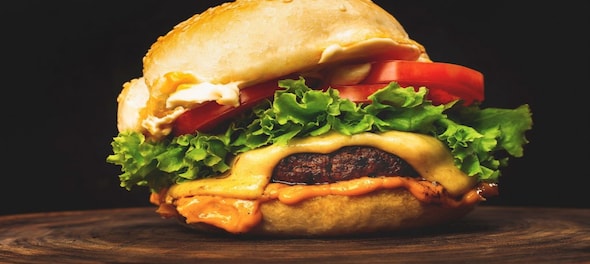
The McDonald’s menu at any of its outlets in India prominently features such items as McAloo Tikki burger, Masala Grill Chicken and Spicy Paneer Wrap. While Indians love them, you are unlikely to find any of these elsewhere in the 100-countries empire of the American fast-food giant. When in October 1996 the company marched into India with its first outlet at Basant Lok in New Delhi, such culinary blasphemy would have been unthinkable. True, McDonald’s wasn’t going to serve beef burgers, its signature products in almost every other country. But a paneer burger? That wasn’t happening in a hurry. And masala? That was reserved for spicy Indian meals, not fast food, American-style.
After all the first multinational corporations that made a beeline for the vast, untapped Indian market after the opening up of the economy in 1992, came like the pilgrim fathers of globalization with the almost messianic zeal of introducing the natives to the best things of life.
Indeed, one wonderful lady who headed Kelloggs’ initial India foray in 1994, dramatically announced in one of her first few remarks in the country that the US company intended to change the breakfast habits of Indians. Out would go such dietary horrors as aloo parathas, idlis and pohas and in would come corn flakes, wheat flakes and basmati rice flakes to be had with cold milk.
It didn’t quite pan out the way the company hoped for. Indians drank their milk hot and sweetened. The crispy flakes just crumpled in the warm milk and in cold milk the sugar wouldn’t mix easily.
Eventually, Kellogg’s got its act together and did manage to achieve at least some part of its initial objective. Its muesli and cornflakes are now very much a part of many Indians’ first meal in the morning. But for the most part, Indians’ breakfast habits have remained the same. The breakfast cereals segment that Kellogg’s dominates is a small part of the overall packaged food market and with many companies, local as well as MNCs, launching ready-to-eat versions of traditional Indian breakfast items, Kellogg’s faces intensified competition. Increasingly it is also expanding its portfolio to include products like Upma, more suited to the palates of Indians.
McDonald’s too eventually stooped to conquer though it was only after 2009 that the McSpicy Paneer burger was launched as a premium vegetarian product. Prior to that, it served paneer in the form of McCurry Pan, a combination of crumbled paneer nuggets. Today, of course, spicy everything is a ubiquitous presence on the menu cards of its India outlets
—Sundeep Khanna is a former editor and the co-author of the recently released Azim Premji: The Man Beyond the Billions. Views are personal
(Edited by : Ajay Vaishnav)
Check out our in-depth Market Coverage, Business News & get real-time Stock Market Updates on CNBC-TV18. Also, Watch our channels CNBC-TV18, CNBC Awaaz and CNBC Bajar Live on-the-go!


BJP replaces Poonam Mahajan with lawyer Ujjwal Nikam for Mumbai North Central Lok Sabha seat
Apr 27, 2024 7:53 PM
Meet Amritpal Singh, the separatist leader contesting Lok Sabha polls from Punjab's Khadoor Sahib
Apr 27, 2024 7:18 PM

